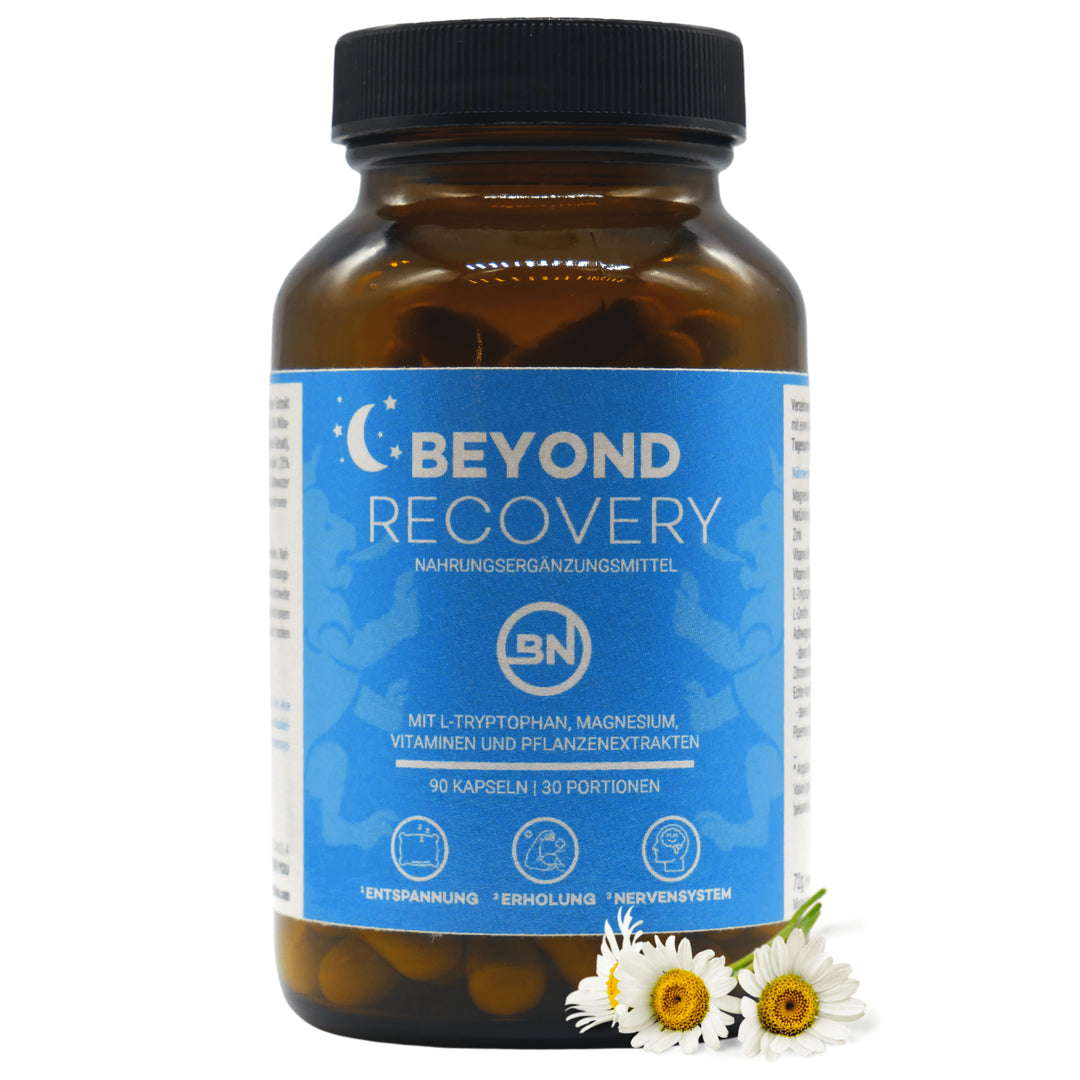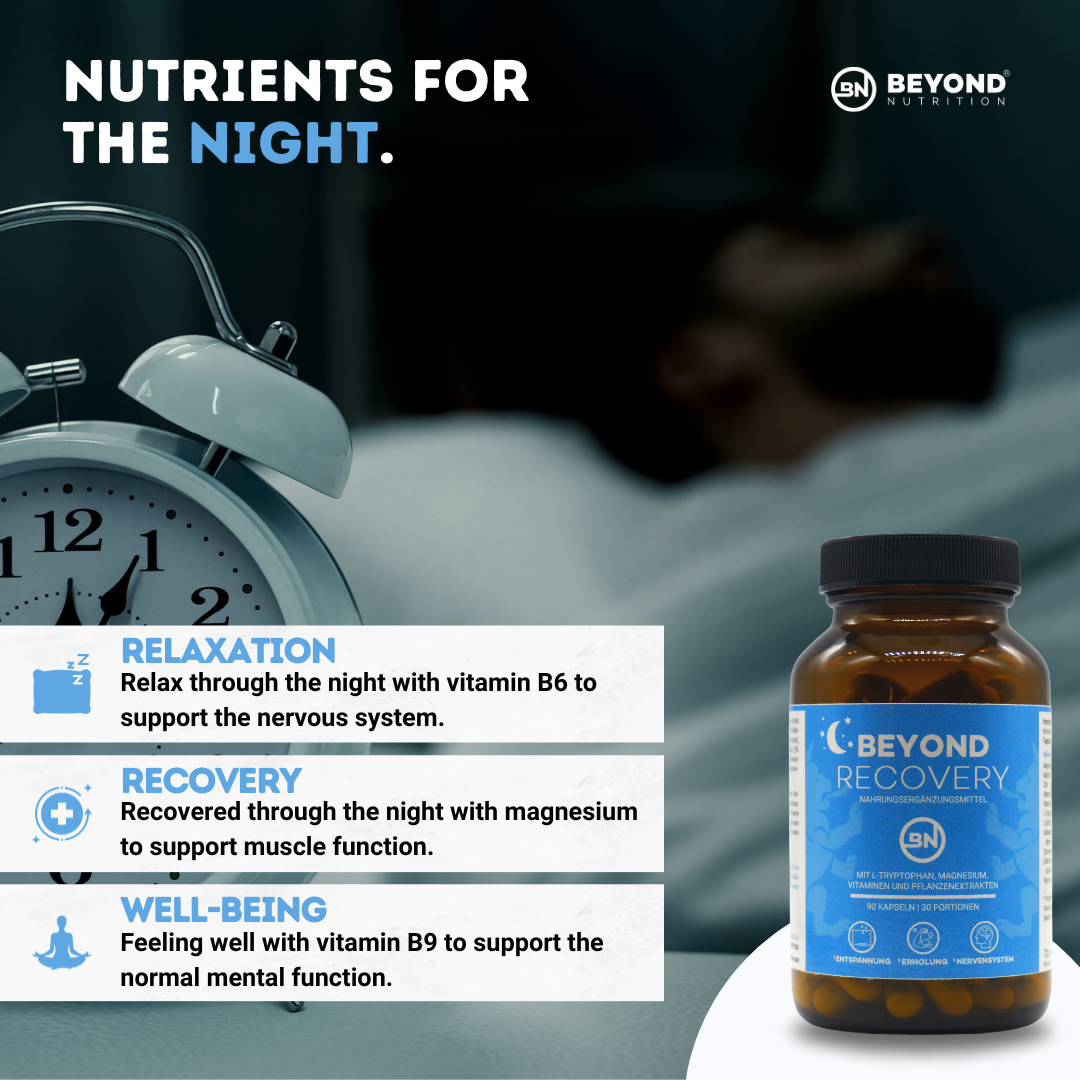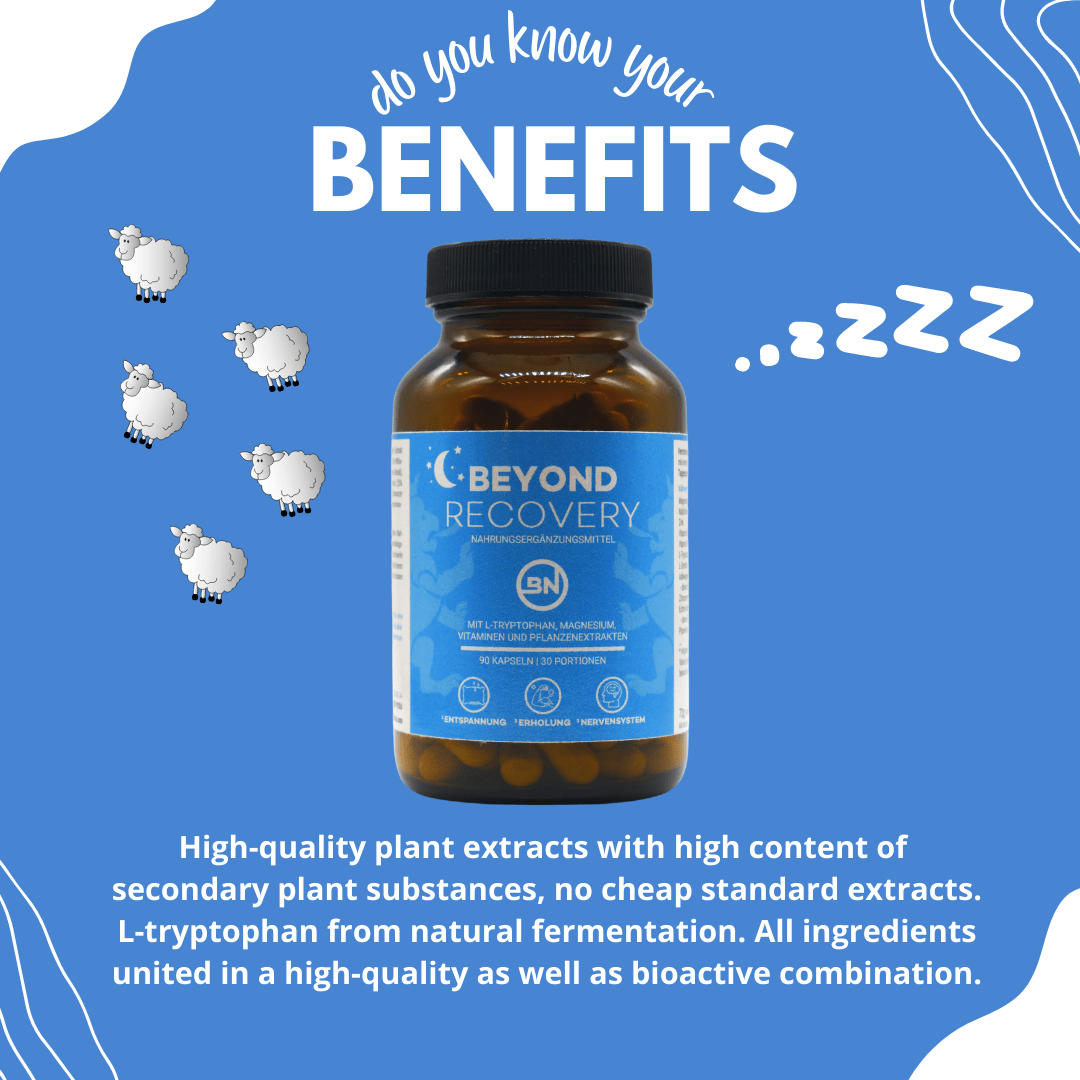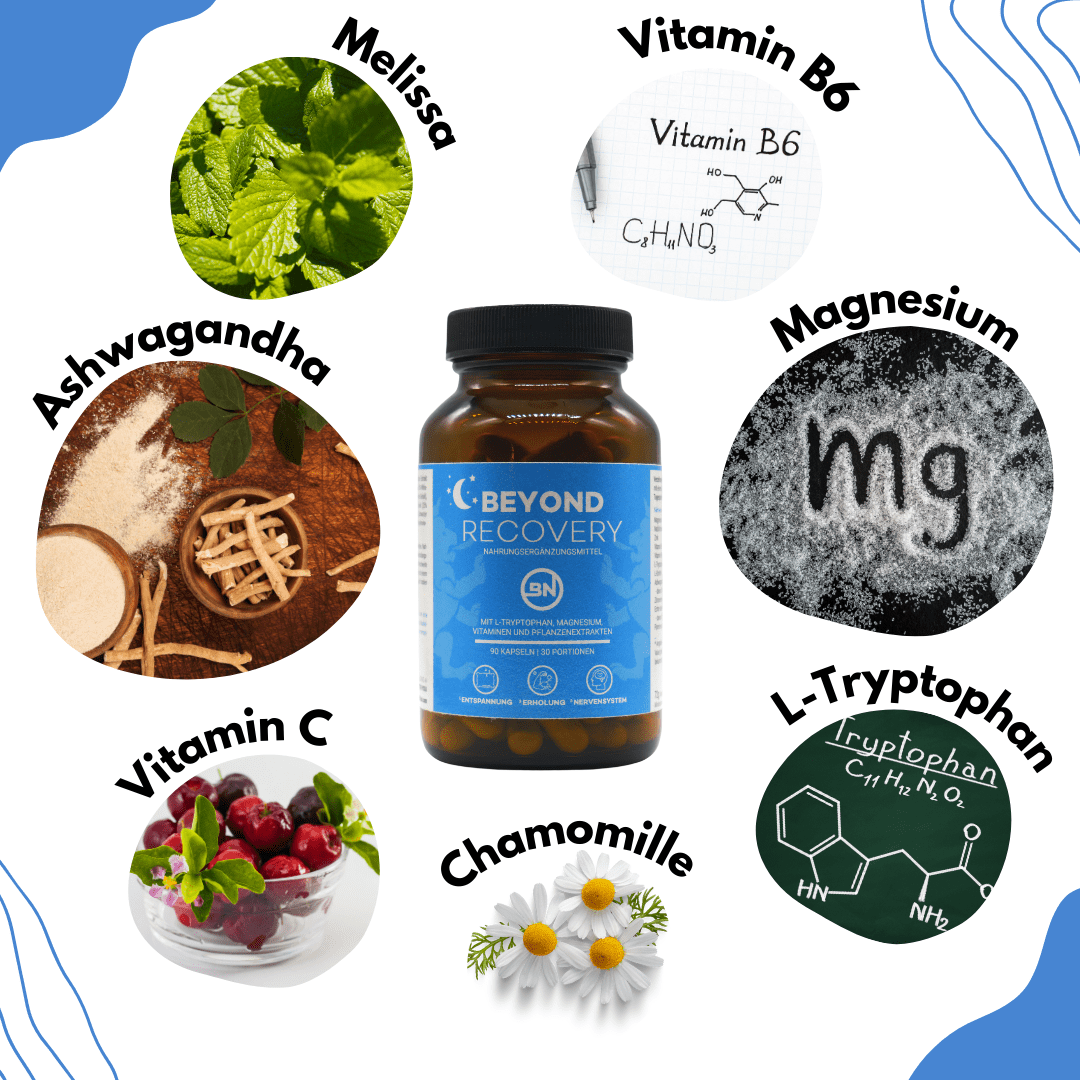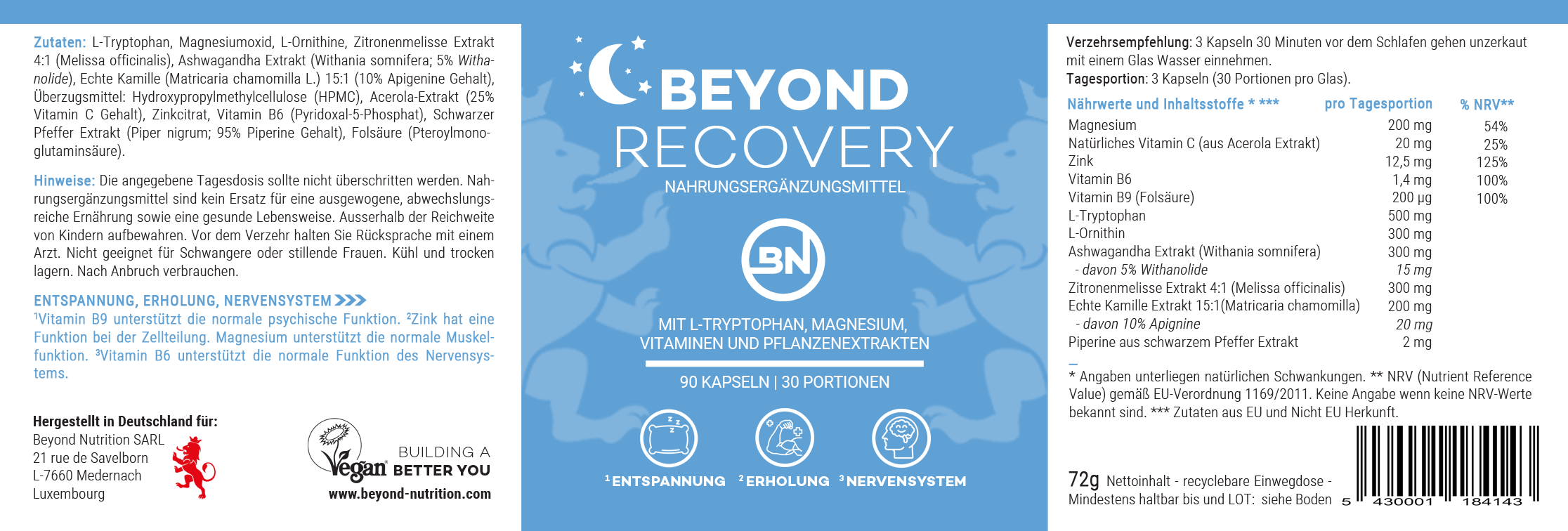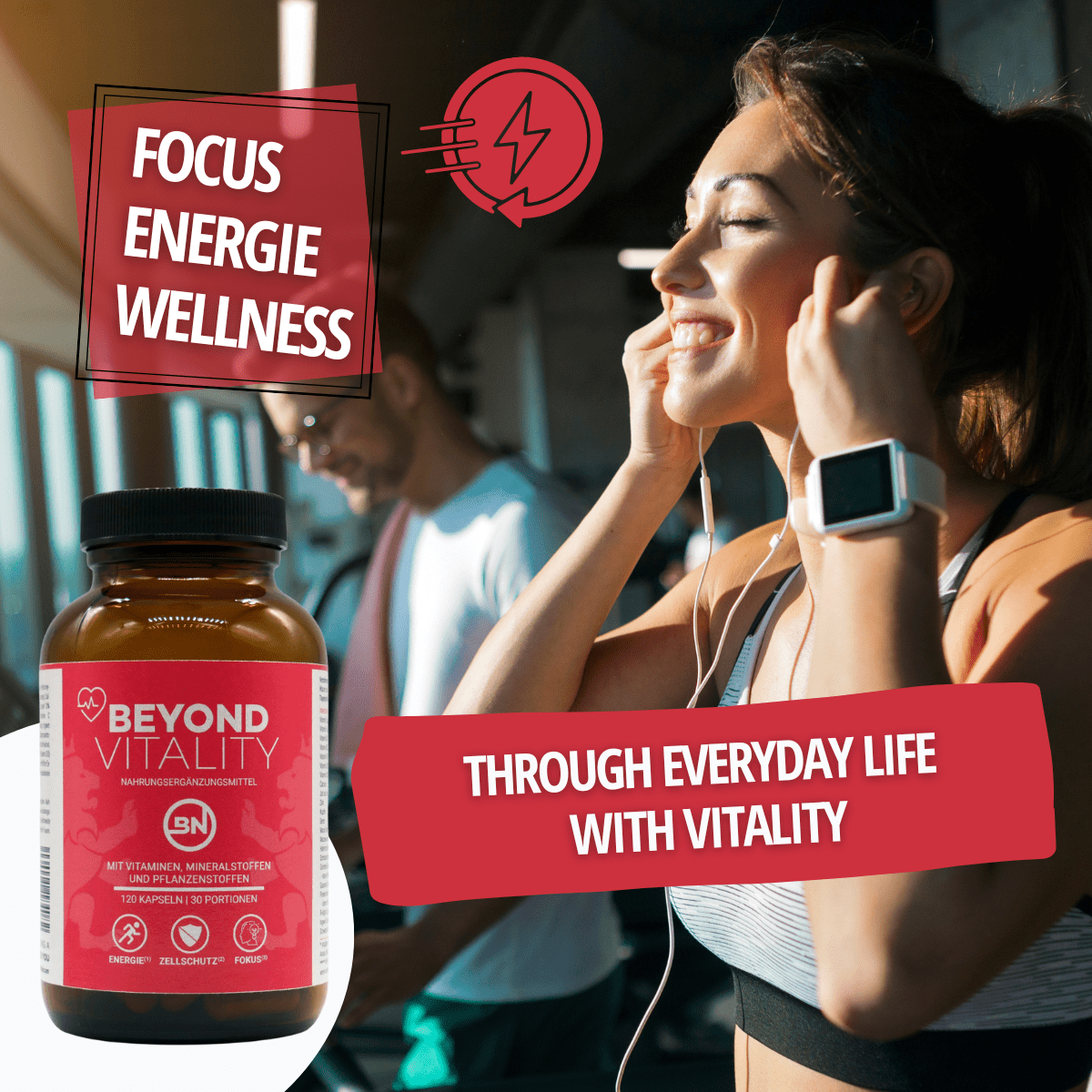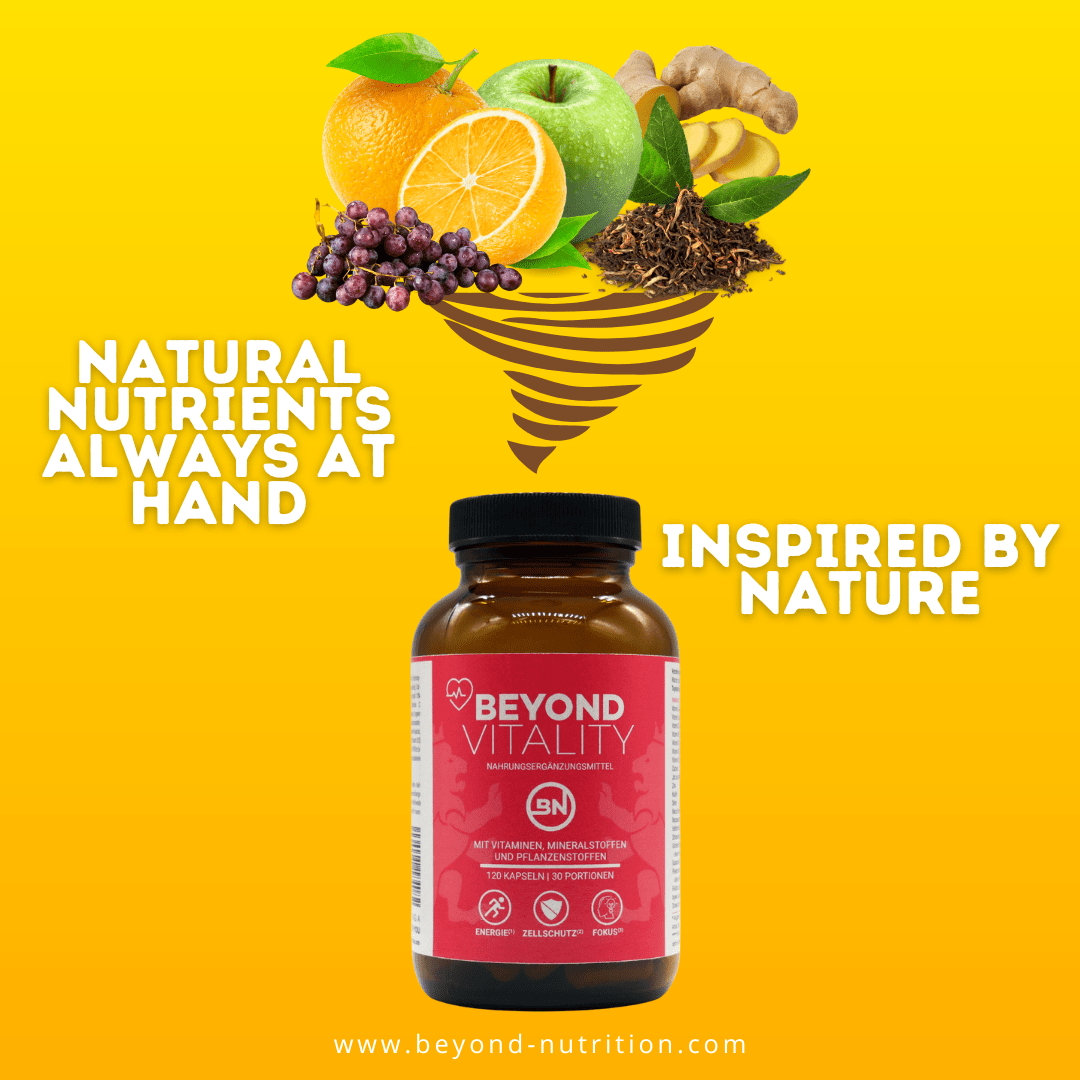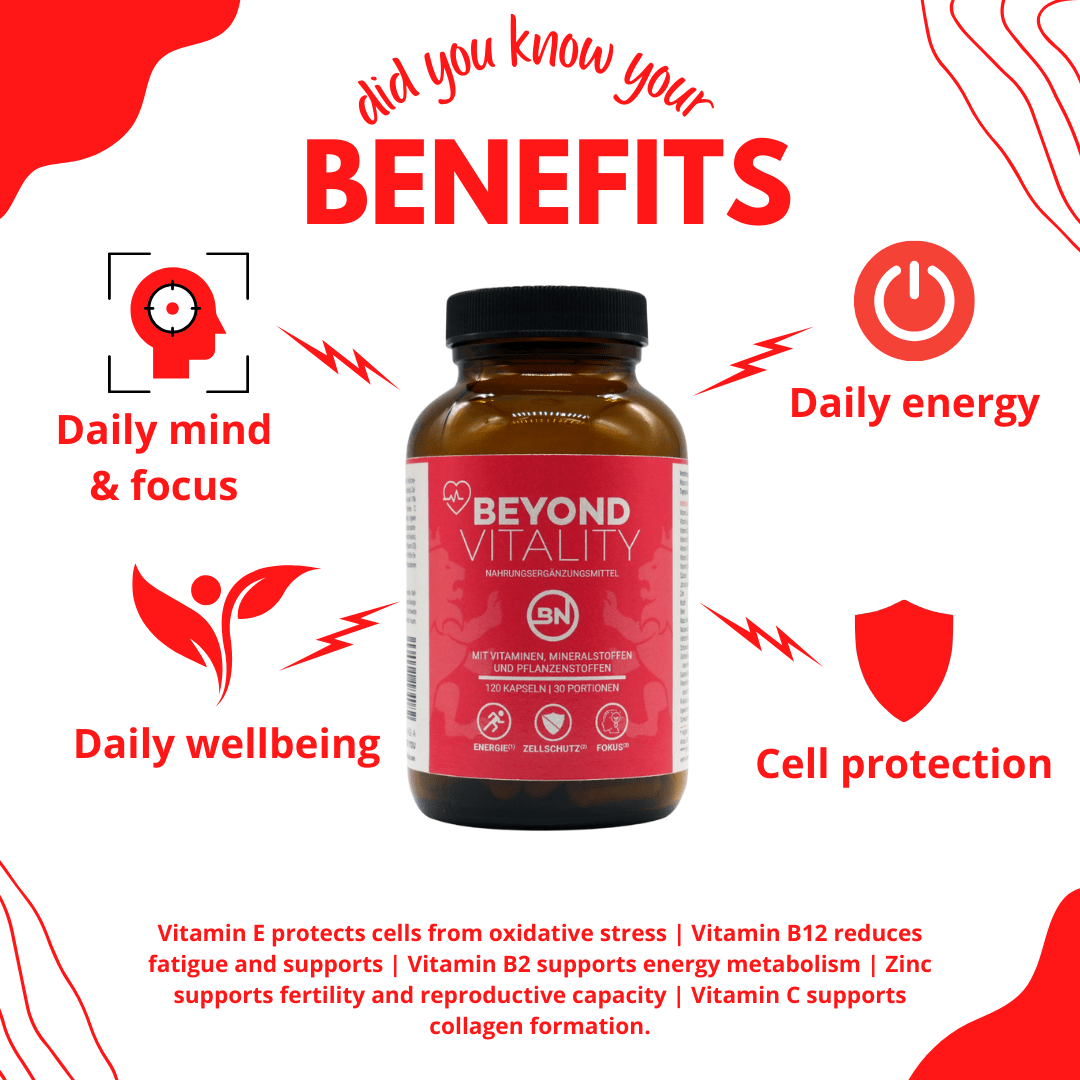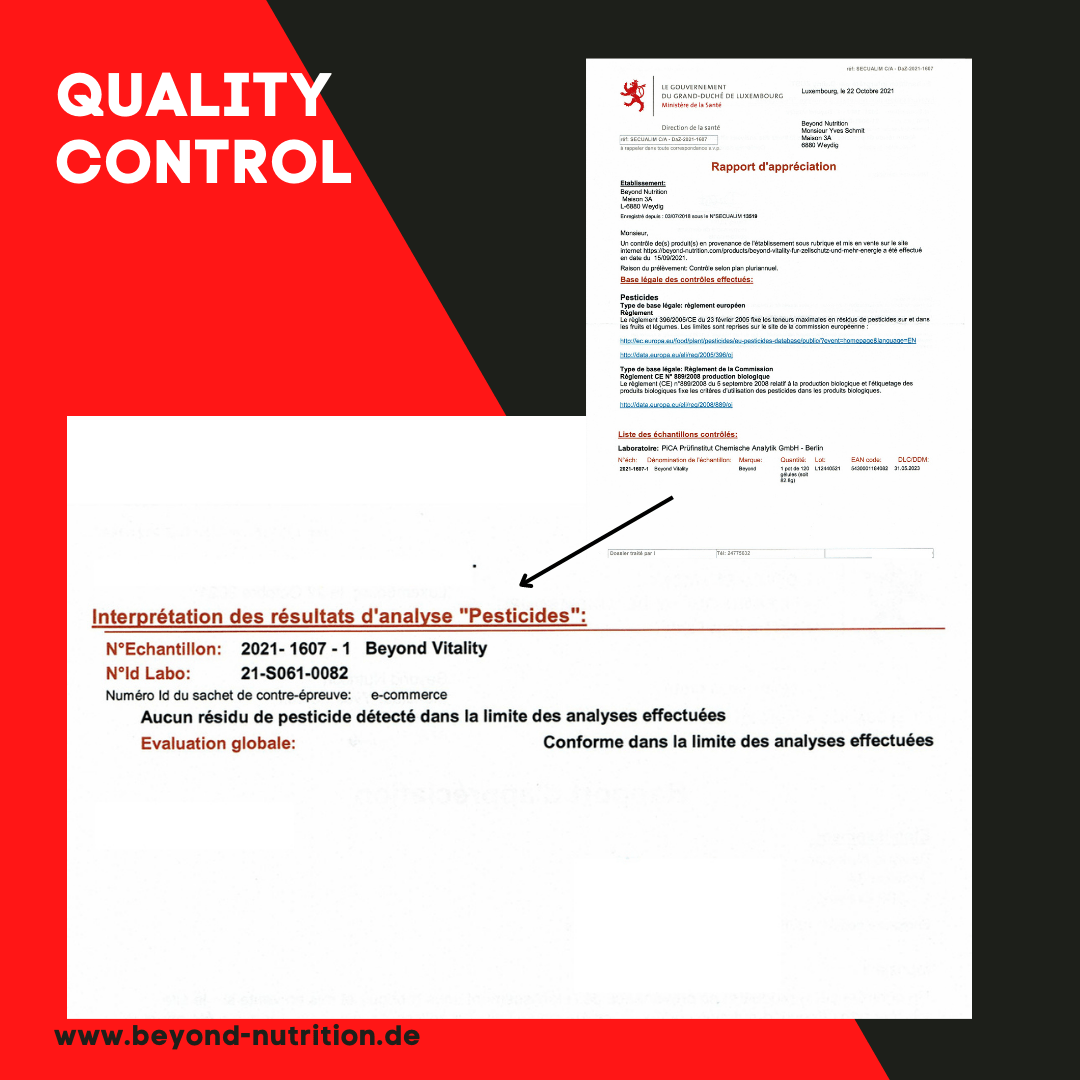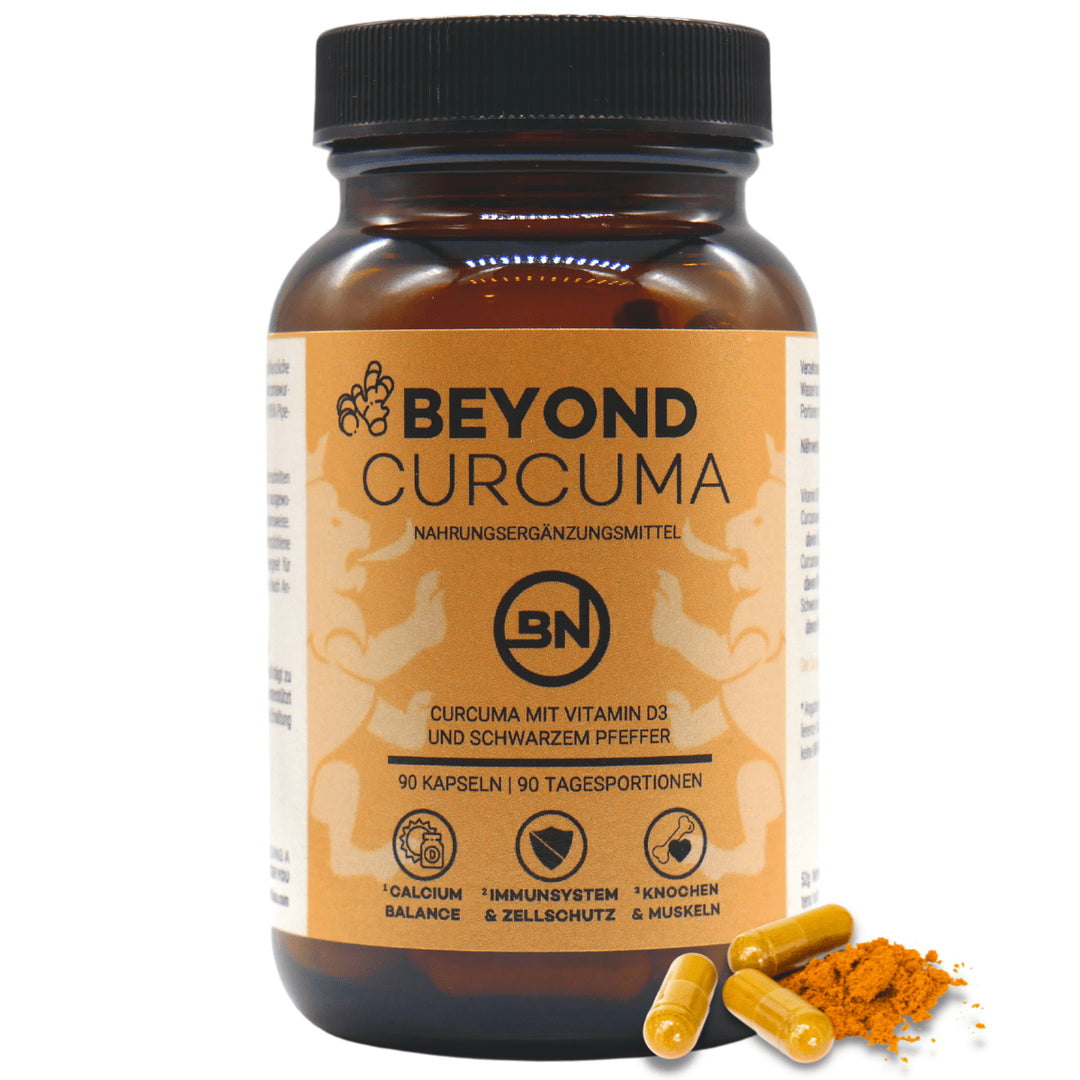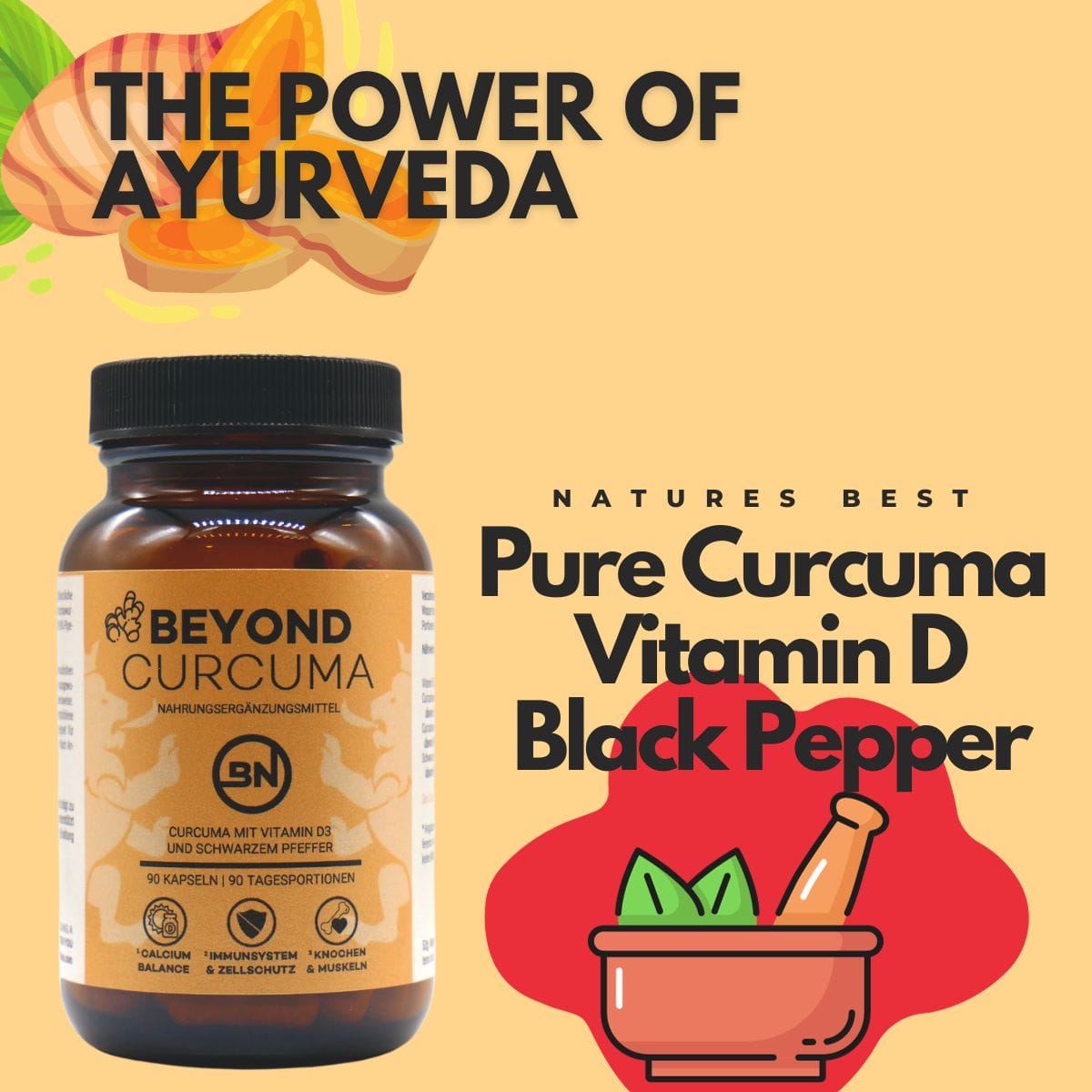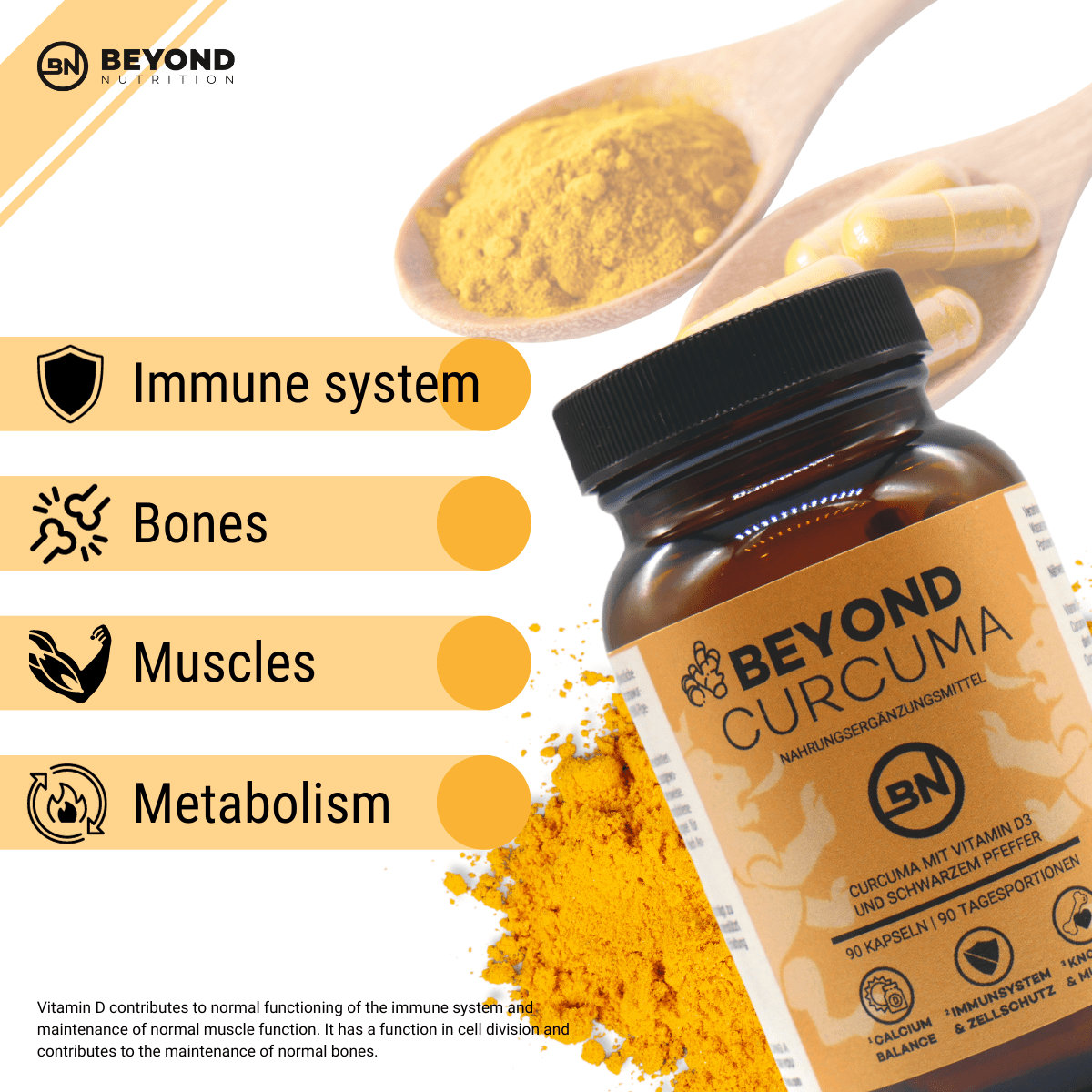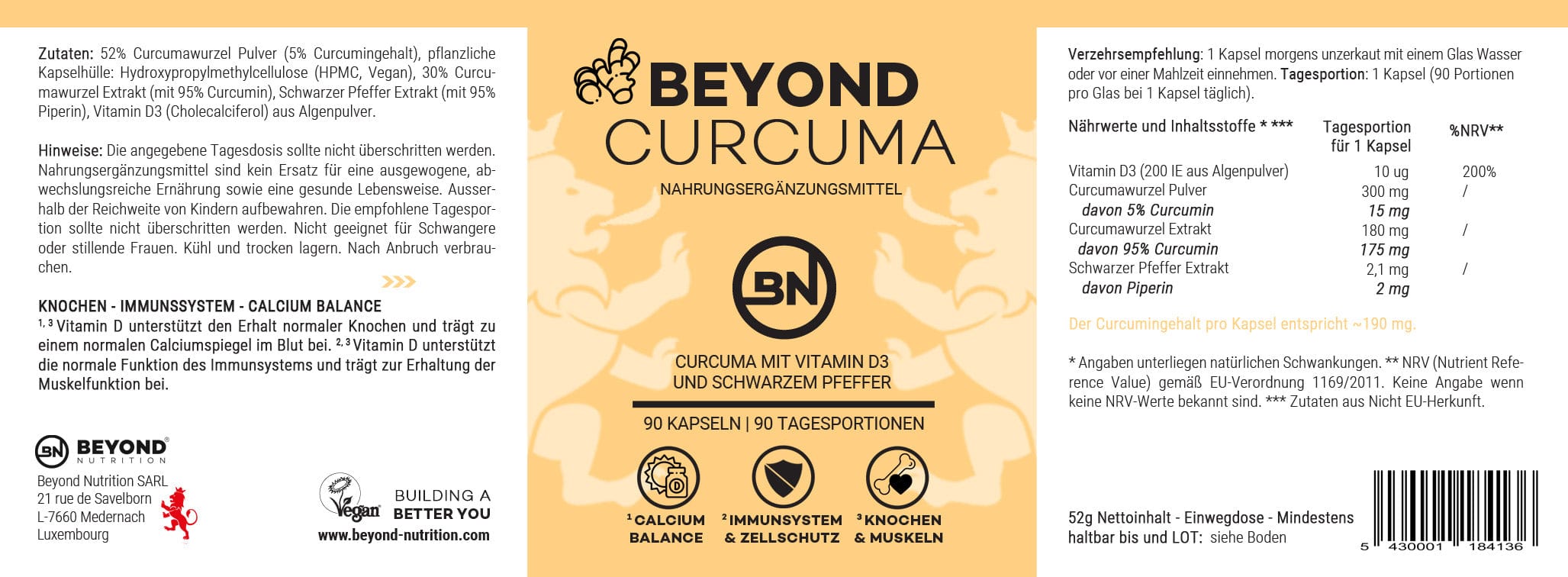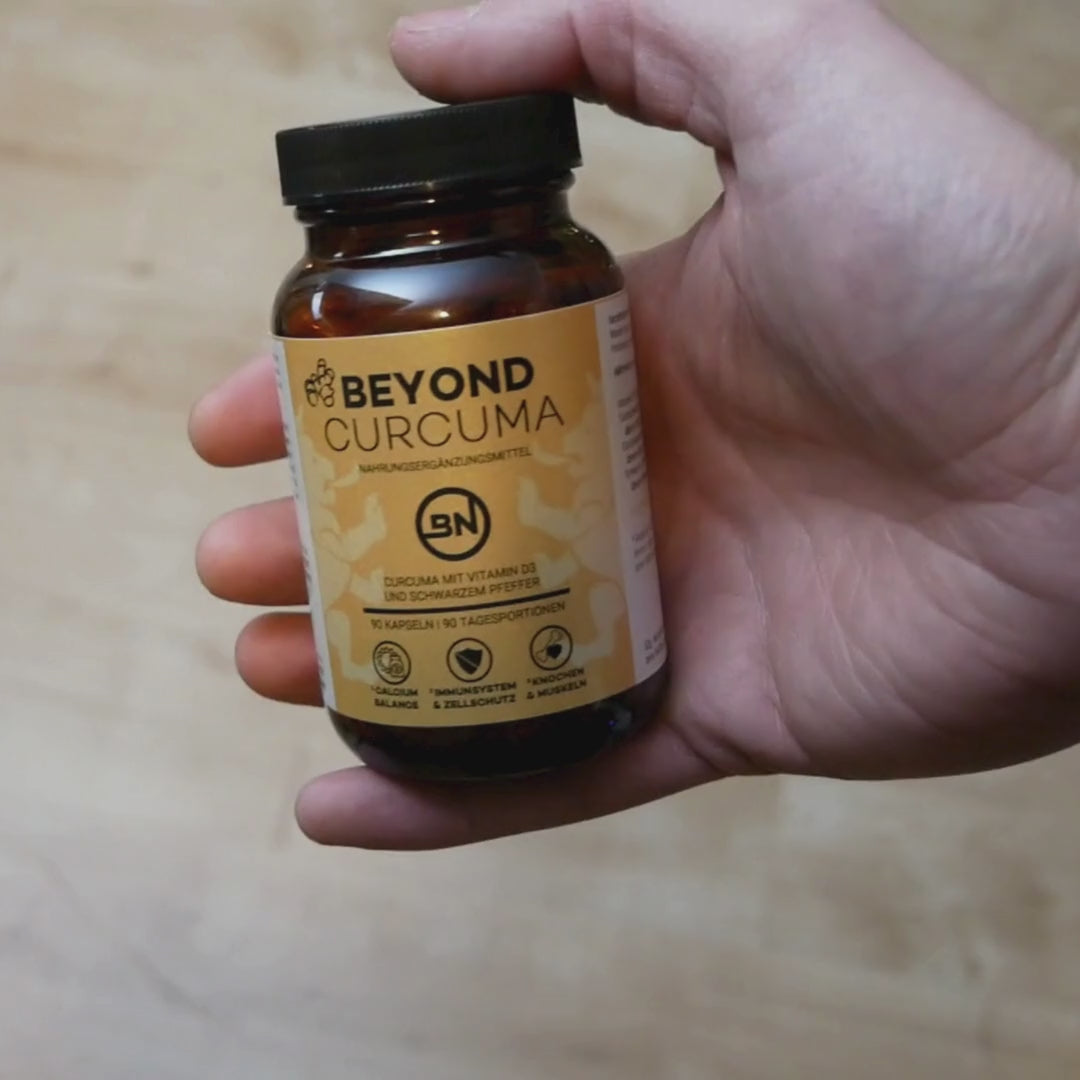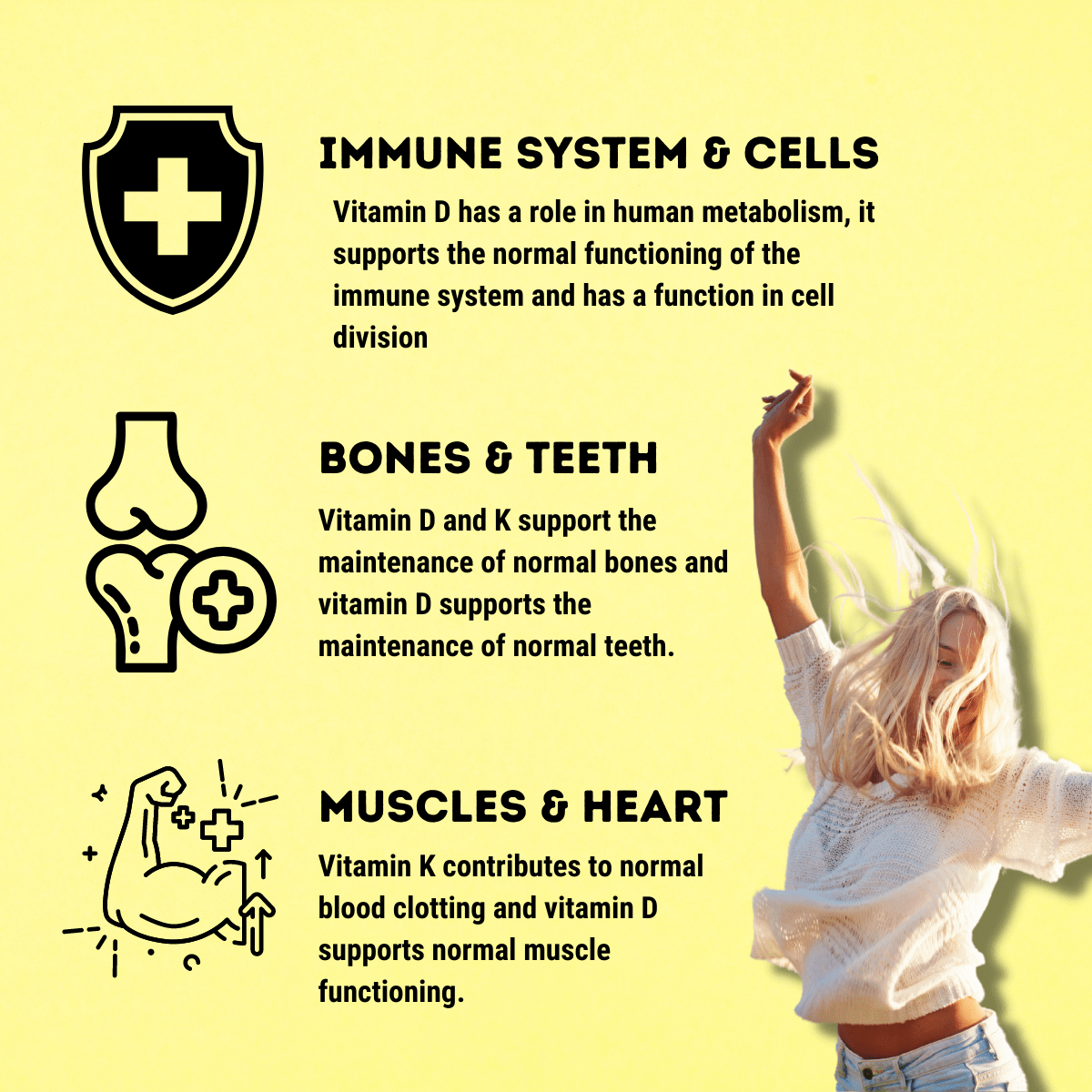How many vitamins are there in total?

Vitamins are essential building blocks that are involved in a number of functions in our body. Without them, we and many other creatures could not survive. The discovery of vitamins was a milestone in chemistry and medicine. This is how the individual vitamins were discovered and isolated at the beginning of the 19th century. The first was vitamin B1, also known as thiamine, in 1912.
What are vitamins?
In 1912, the Polish biochemist Casimir Funk assumed that all essential substances contained an NH2 group. He therefore coined the term "vitamin", from the Latin "life” for life and “in” for nitrogenous. However, later investigations showed that by no means all vitamins nitrogenous are. Examples of this are vitamin A (retinol) and vitamin C (ascorbic acid).
In total, we distinguish 13 different vitamins that are essential for humans and which also include the provitamins.
The human body cannot produce many of the vitamins itself. This ability has been lost to us over the millennia of evolution. It is therefore essential, i.e. vital, that we ingest them with food. In humans, only 3 out of 13 vitamins are produced by our body itself. These include niacin, which can be produced from the amino acid tryptophan, vitamin K, which is produced in the intestine in part with the help of intestinal bacteria, and vitamin D (D3), provided the body is exposed to sufficient solar radiation.
The organism cannot produce the other 10 itself.

Vitamins are therefore involved in many metabolic reactions. Their task is to regulate the utilization of carbohydrates, proteins and minerals. They also ensure the generation of energy so that our body can fulfill all its tasks. Vitamins also strengthen the immune system, neutralize free radicals, protect cells from dying and are indispensable in building new cells, blood cells, tissue, bones and teeth, to name just a few functions.
They are divided into 2 classes, the fat-soluble and the water-soluble vitamins.
Fat soluble
- Vitamin A (Retinol)
- Vitamin D (Calcitriol)
- Vitamin E (Tocopherol)
- Vitamin K (K1, K2)
Water soluble
- Vitamin C (ascorbic acid)
- Vitamin B1 (Thiamin)
- Vitamin B2 (Riboflavin)
- Vitamin B3 (nicotinic acid, niacin)
- Vitamin B5 (pantothenic acid)
- Vitamin B6 (Pyridoxin)
- Vitamin B7 (Biotin, Vitamin H)
- Vitamin B9 (folic acid)
- Vitamin B12 (Cobalamin)
Provitamin
Provitamins are precursors of vitamins and must first be converted into them in order to be of use to the body.
- Provitamin A (α-, β- and γ-carotene and β-cryptoxanthin) as a precursor of vitamin A
- Dexpanthenol can be converted to pantothenic acid (vitamin B5).
- Provitamin D2 (ergosterol) is a precursor of vitamin D2 (ergocalciferol).
- 7-dehydrocholesterol is produced in the skin by UVB radiation, provitamin D3
vitamins and effects
The effects of vitamins in our body are very diverse. They are involved in thousands of processes and events in our body. They interact with each other but also with many other substances such as minerals and trace elements. Here are just a few examples.
- Vitamin E interacts with Vitamin C; without this, vitamin E is even harmful
- Vitamin A interacts with vitamins C; without this, vitamin A is also harmful
- Vitamin D works with calcium to help form new bone tissue
Dosage and bioavailability
The suggested daily allowance of vitamins is set out by the European Commission in the Regulations (EU) No. 1169/2011 regulated. This is only a guideline, as actual needs may vary from person to person.
Vitamins can also come in different forms. For example, there are several forms of vitamin B12, some of which are well absorbed by the human body. Others, on the other hand, can only be used poorly. This is also referred to as the so-called bioavailability. In general, however, the full number of vitamins supplied is never absorbed by the body. This is due to the complex metabolic processes in the human body.
Vitamins in today's diet
What is certain is that today there is an unprecedented variety and selection of food. In the past, i.e. 100 years and more ago, vitamin deficiency was the origin of many diseases. Nowadays, however, diseases caused by vitamin deficiencies are very rare. Nevertheless, one should take a critical look at today's shifts in production such as monocultures and mass production.
The body cannot produce many vitamins itself
Many foods are characterized by breeding and this mass production. Vegetables, fruit and animal foods are optimized by adding chemical substances to produce as much and as quickly as possible, because yield = money. This way of producing food also affects its composition. Plants no longer have to protect themselves against pests because they are kept in check with pesticides. They produce less of their own plant substances to protect themselves. In addition, conventional arable soils are usually of poor quality and enriched with chemical nutrients. Animals are bred in large numbers, treated with chemicals (such as antibiotics) and often receive inadequate nutrition that is not species-specific.

Everyone should keep this in mind and form their own opinion about the wide variety of foods that we have to choose from.
Our Products therefore mainly use high-quality products and bioactive forms of vitamins. They guarantee better quality, are low in pollutants and contain higher amounts of natural plant substances.
Sources:
https://ec.europa.eu/food/safety/labelling_nutrition/vitamins_minerals_en
http://eur-lex.europa.eu/legal-content/EN/TXT/?uri=celex%3A32011R1169




